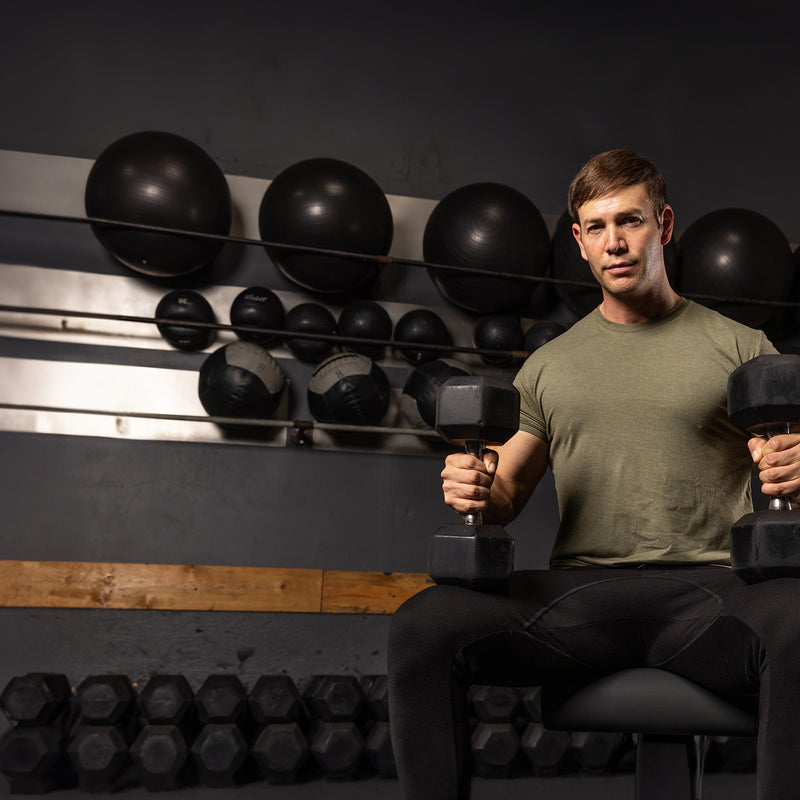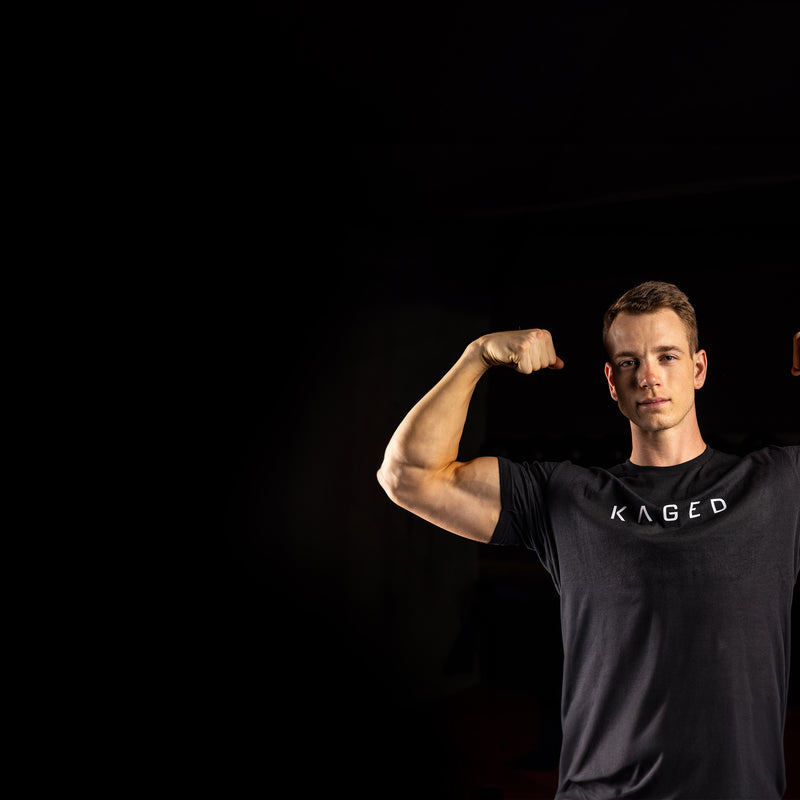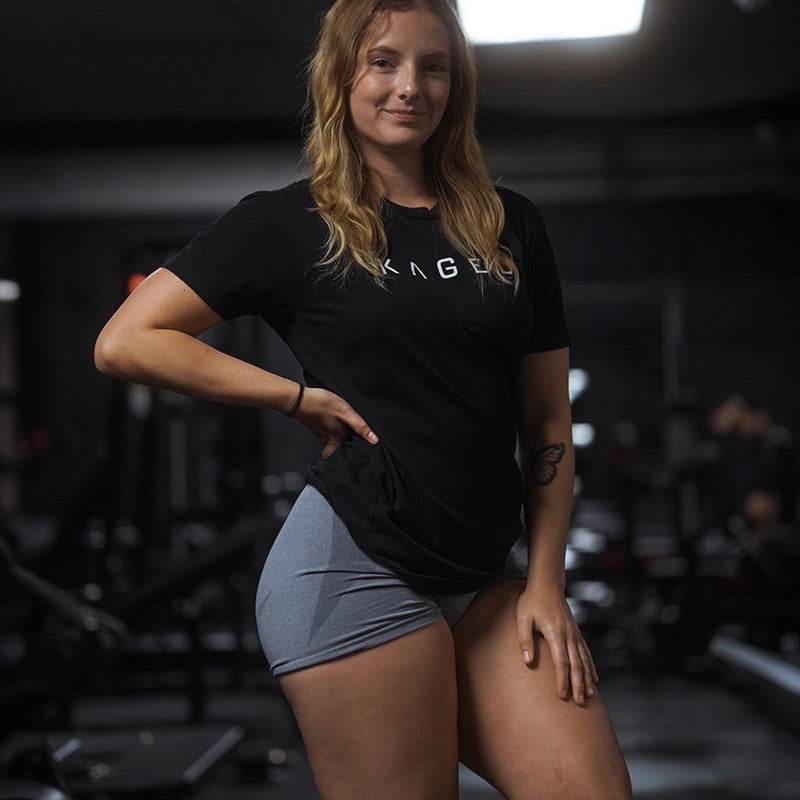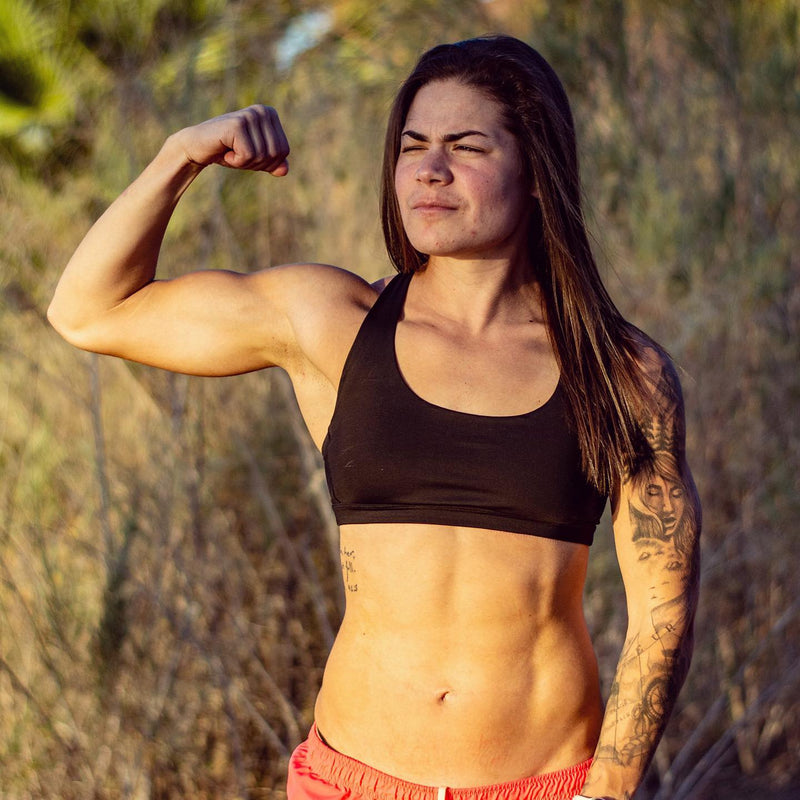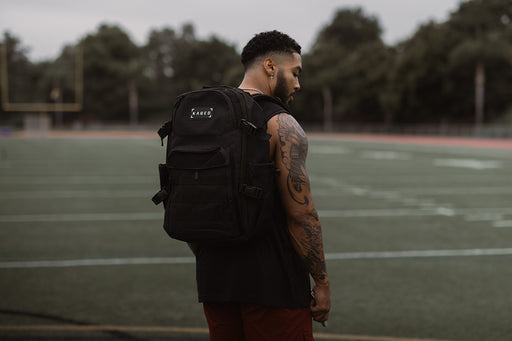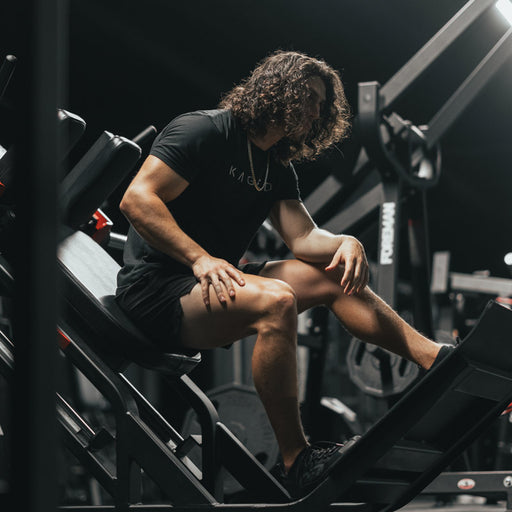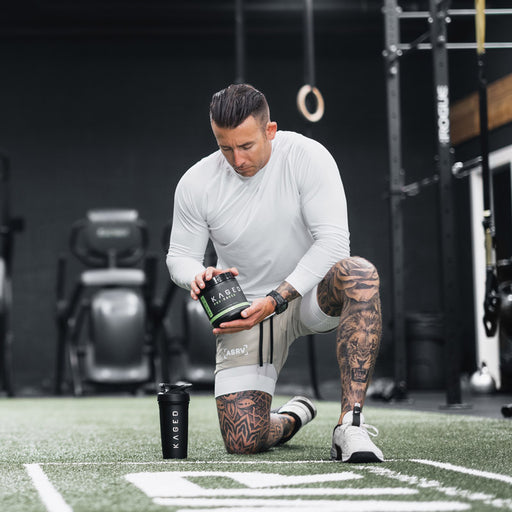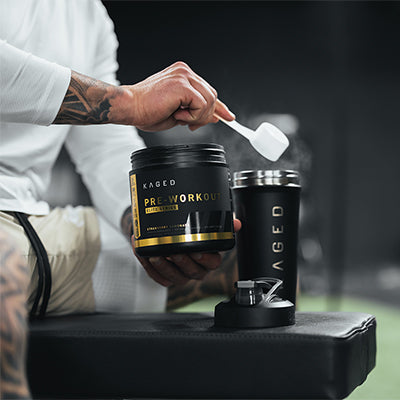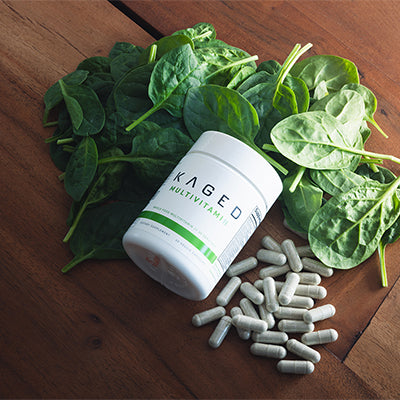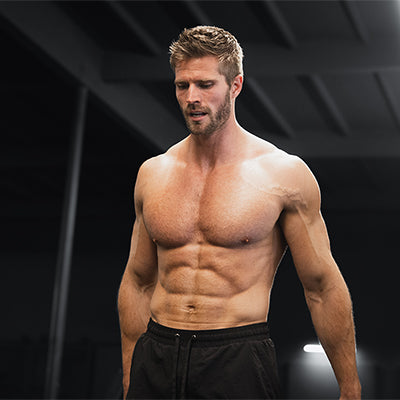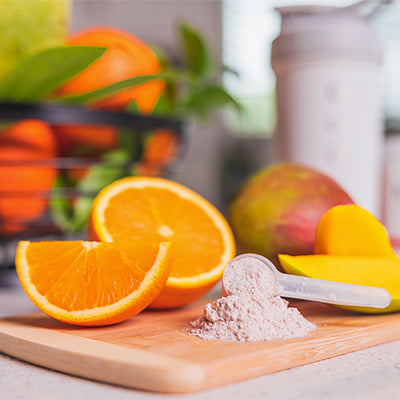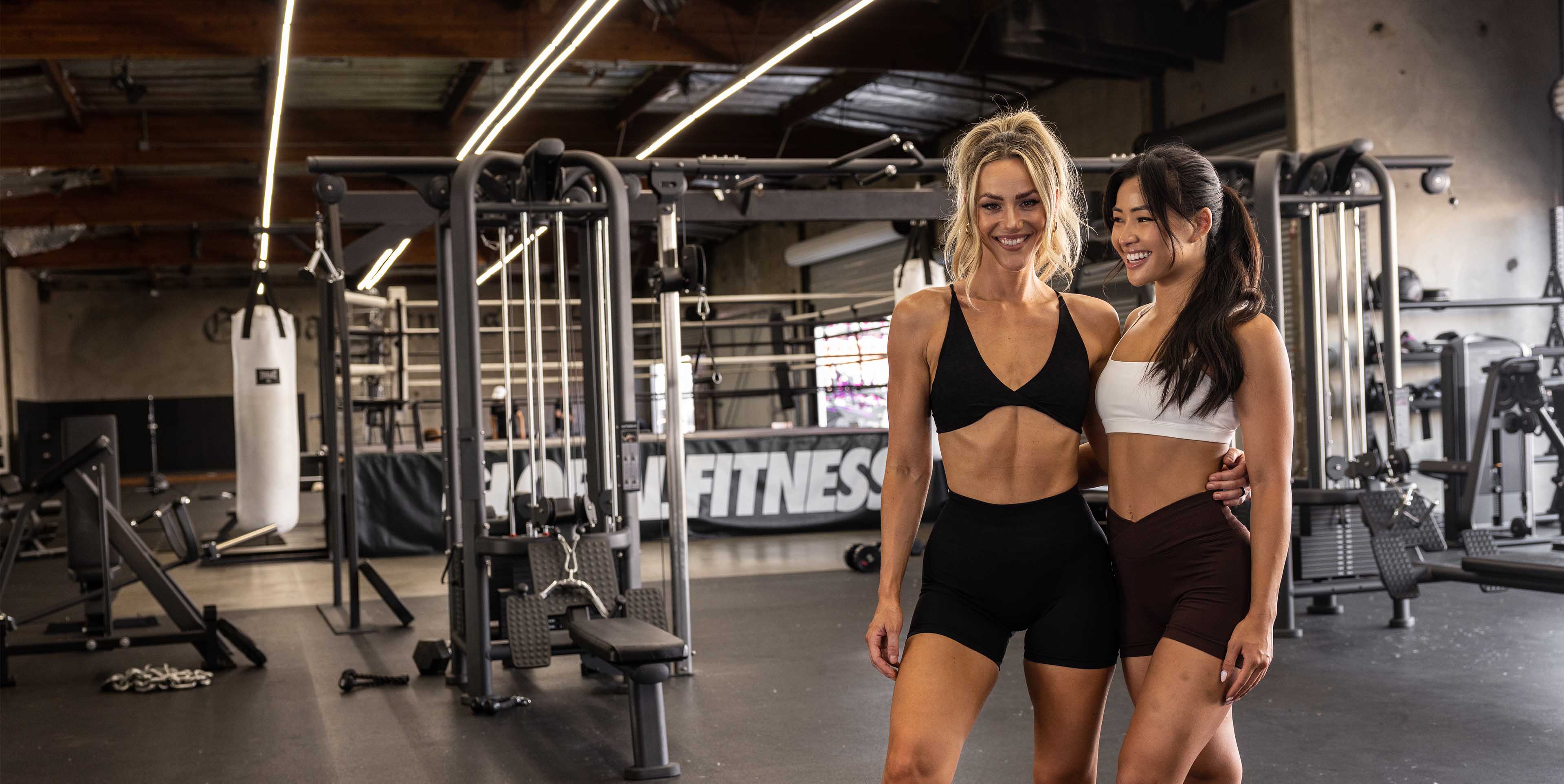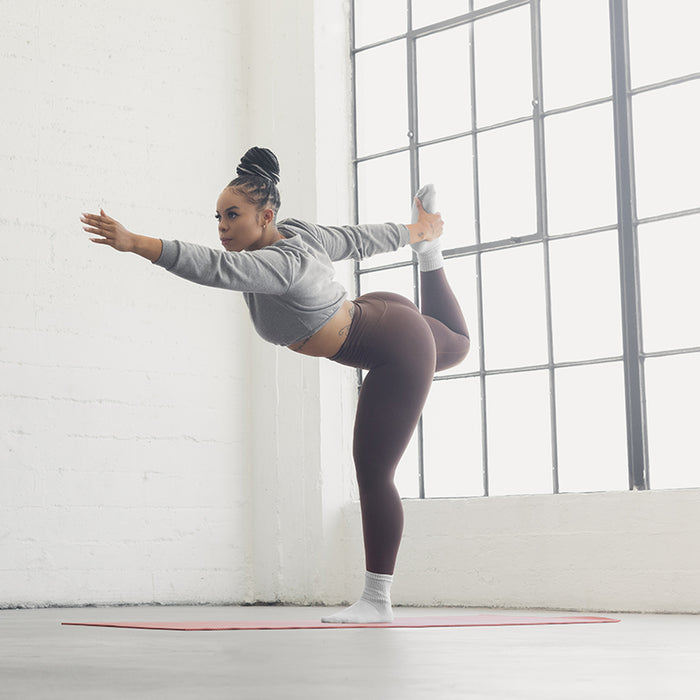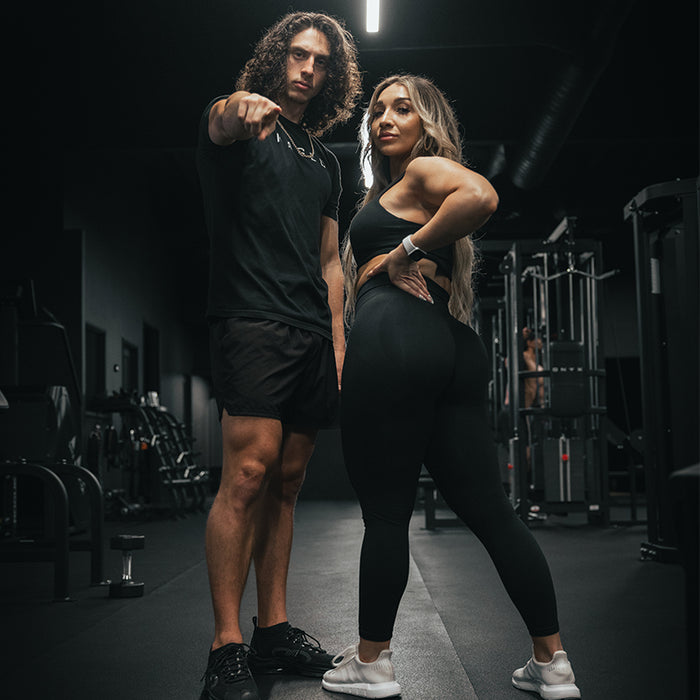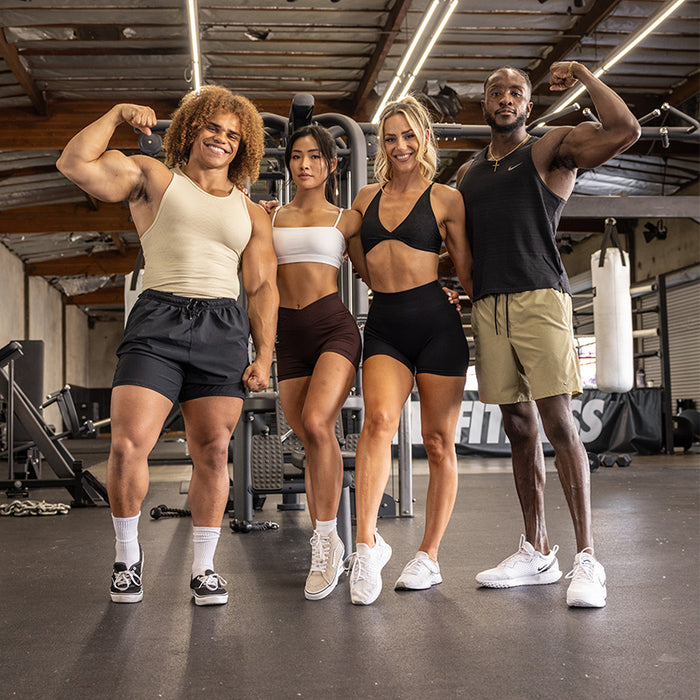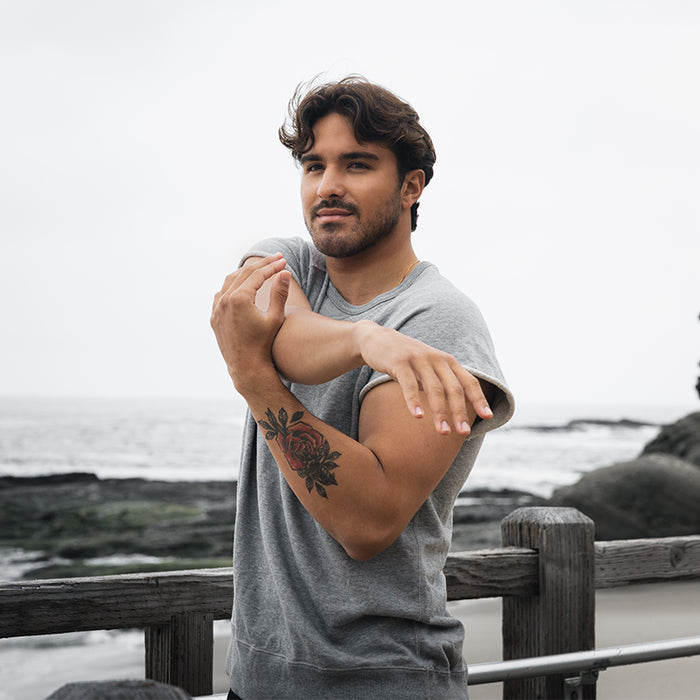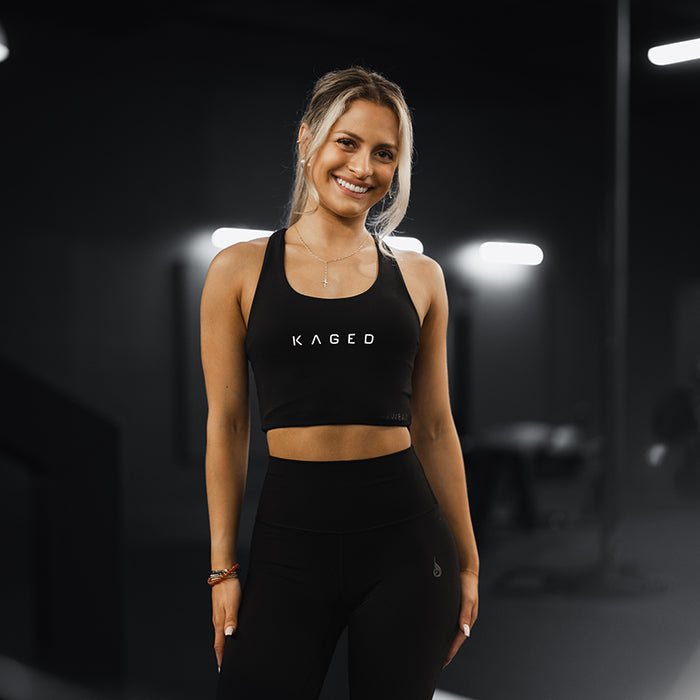Break through plateaus in your quads development
QUADS SQUAD
Quads are one of the largest muscle groups in your body, and if they’re your weakness then that’s apparent to both you and everyone else in the gym. I’ve designed this 12-week video series to target quads, helping you to bring them up if they’re a weakness in your physique.
Sometimes this is a genetic/structural issue, and the best way to address it is by increasing mass and definition in these muscles along the fronts of your legs. This physique problem can come about for a few different reasons:
* Your legs are weaker overall, and you don’t train them with as much as intensity as you do upper body muscles.
* Your hamstrings and/or glutes are strong body parts, and they take over when you perform compound leg moves such as squats.
* You hate to train legs, and you don’t put enough emphasis on them.
For this program, you need to bring in the quads squad of exercises and techniques I provide. This 12-week plateau-busting video series will help you overcome this weakness. Each week, your quads workouts will get more challenging, but I want you to put all of your effort into each of these sessions. If you need to adjust your training volume, then do so with other body parts rather than with quads—back off on calves and hamstrings training, especially.
For this 12-week training series, you’ll follow your regular workout program, reorganizing it to prioritize development of your quads. You’ll begin your training week with quads. Then you’ll train hamstrings and calves later in the week but at least 3 days before and after you train quads. Even though quads and hamstrings are opposing muscle groups, training hamstrings too close to quads makes it more difficult to train quads when your body isn’t fully recovered.
QUADS
Quads are a large group with the primary purpose of helping you straighten your legs. They also help you bend at the hip. Here’s more about how the specific muscles of your quads look and work. This, along with the anatomy chart, will help you better address the specific weaknesses in this muscle group.
RECTUS FEMORIS
This large muscle lies along the top of your legs in the center, and it attaches your hipbones to your knees (as do the quads as a whole). The rectus femoris is an important muscle for supporting your body as you stretch your quads muscles when you bend at the hip joint for moves such as squats.
VASTUS MEDIALIS
This is the “tear drop” muscle on the inside of your quads, atop your legs that many people work hard to develop. This muscle helps extend your knee—you can feel this muscle work when you perform isolation moves such as leg extensions.
VASTUS INTERMEDIUS
This muscle lies beneath the rectus femoris, and training this muscle helps improve overall thickness in your quads. It is the least visible of the quads muscles, making it more important for overall size rather than detail.
VASTUS LATERALIS
This muscle is the outer most of the quads muscles, and it is visible on the side of your legs when your quads are fully developed. It helps create the wide sweep, and it is the largest of your quads muscles. It probably goes without saying, but moves such as squats help improve the appearance of this quads muscle.
While you can emphasize specific muscles in your quads by using distinct angles and techniques, the quads tend to grow as a whole—after all, this group of four muscles work in tandem for essentially the same purpose. You also have many smaller muscles in your upper legs that moves in this 12-week video series will also develop.
FUEL YOUR QUADS GROWTH
In addition to beginning your week with quads training, you should increase your calorie consumption by about 200-500 calories on and around the day when you train your quads. Get in these extra calories in the 24-hour period that begins with the last meal of the day before, continuing through your morning and through your meal after your workout.
Here’s an example of what you should add to your Sunday night late-night meal and your consumption throughout your Monday quads-training day.
Late-night meal
Add one scoop of Kasein™ to the one you always take, and a piece of fruit such as plum, apple or peach. Or you can add an ounce or two of nuts such as almonds. This will add a total of about 200 calories.
Breakfast:
Eat one slice of whole-grain bread. That adds about 100 calories.
Lunch:
Get in about 2-3 ounces of brown rice. That adds about 100 calories.
Dinner:
Go with a very large sweet potato rather than a medium one. That adds another 100 calories or so.
TRAINING SPLIT
Note that I’m “beginning” your training week with the weekend rather than ending with that. That’s because Mondays will be your “focus” day for your lagging body part. Since we’re targeting quads for this 12-week training split, you not only want your quads to be well rested, but you also don’t want to have trained your legs (hamstrings or calves) for a few days before you work quads with this level of intensity. Note that I’ve set up moderate cardio and abs on Saturday, and active rest on Sunday so that you’re well recovered to go full out with your quads training on Monday.
| DAY
|
BODYPART
|
|
SATURDAY
|
Moderate cardio/abs
|
|
SUNDAY
|
Active rest
|
|
MONDAY
|
QUADS *
|
|
TUESDAY
|
Chest and triceps
|
|
WEDNESDAY
|
Abs/cardio
|
|
THURSDAY
|
Hamstrings/calves *
|
|
FRIDAY
|
Back/biceps
|
* Because you’re emphasizing quads during this 12-week video series, you’ll ease off on other legs muscles. You can train hamstrings and calves together on Thursdays. Keep your hamstrings training moderate, only perform about 3 moves for 4-5 sets on this day so you’re fully recovered for your quads workout on the following Monday.






